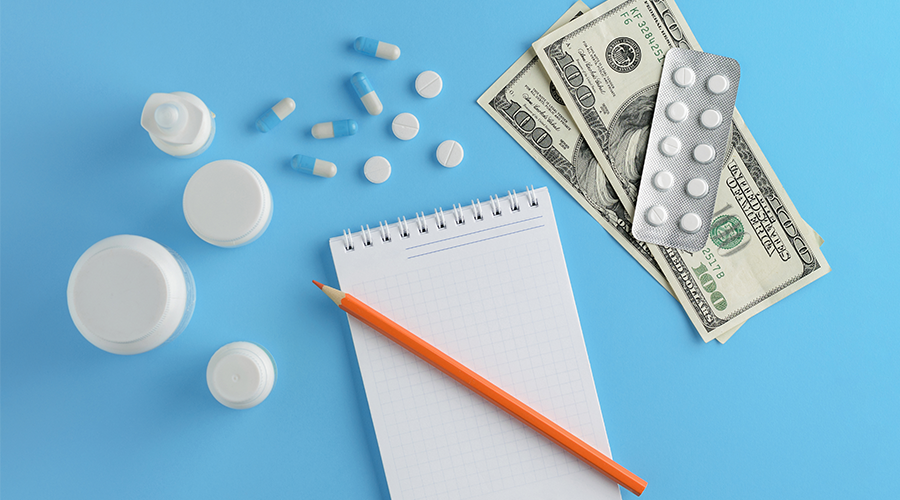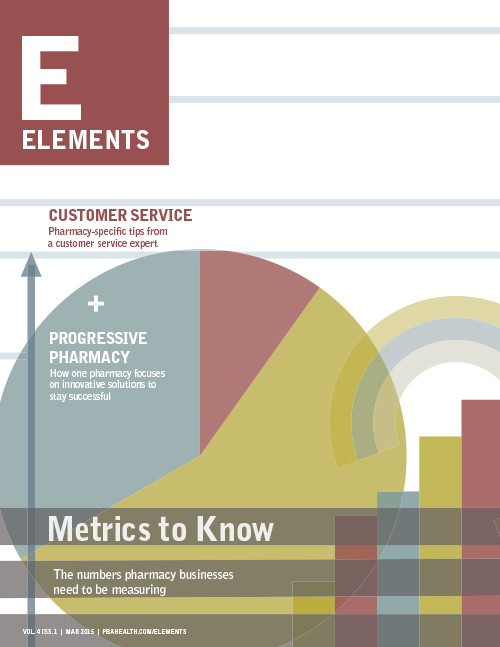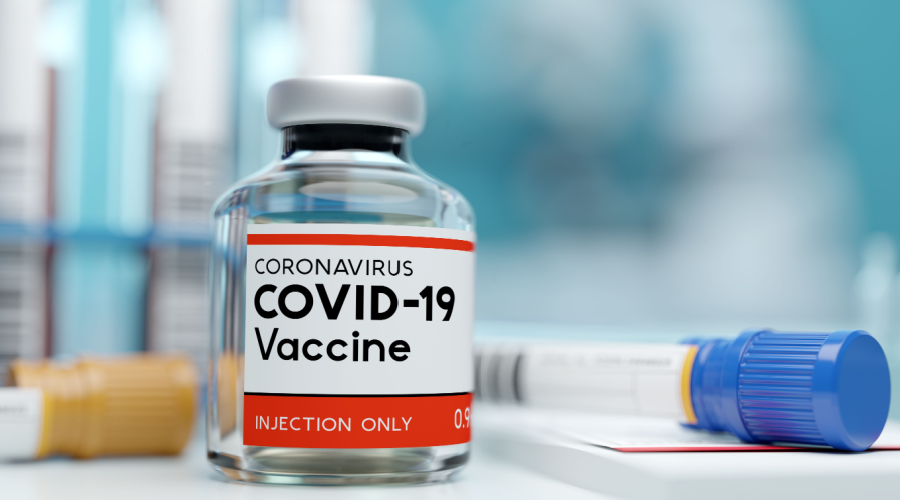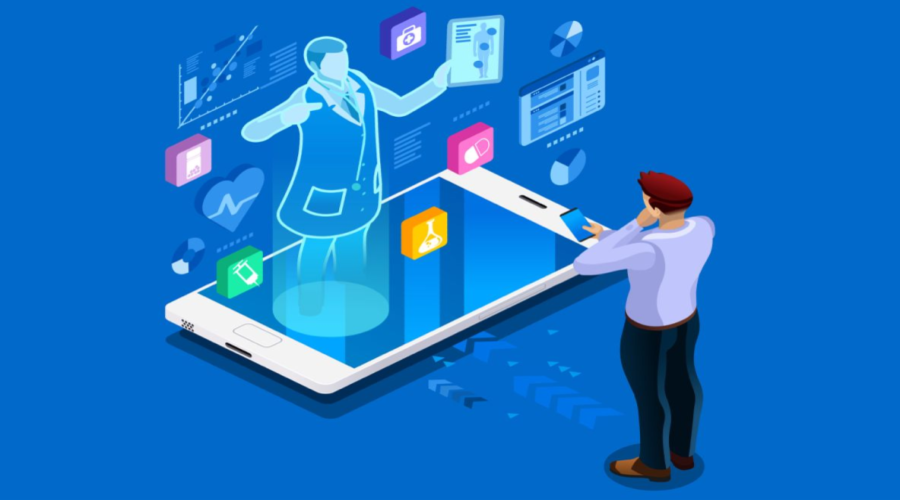Inside: High DIR fees and low PBM reimbursements don’t have to mean the end of your pharmacy’s profitability.
The average independent pharmacy makes 92 percent of its profit from prescription sales. But with unpredictable DIR fees and decreasing PBM reimbursements, those prescription sales aren’t as reliably profitable as they used to be.
As an owner, you have to look beyond the pharmacy counter to ensure revenue keeps coming in. By offering products and services that don’t involve third parties or mostly result in out-of-pocket payments, you can offset the DIR fees and PBM reimbursements that are squeezing your pharmacy budget.
10 Revenue Ideas That Don’t Involve Pharmacy DIR Fees or PBM Reimbursements
Start any of these programs to avoid the third parties altogether and take home a larger share of the money.
1. Veterinary medicine
Pets need medicine, too, and your patients’ furry friends don’t have PBMs issuing DIR fees and copay clawbacks on their prescriptions.
Around 68 percent of American households have a pet, according to a survey by the American Pet Products Association. By tapping into this animal demographic, independent pharmacies can potentially make a significant profit, since the vast majority of pet medications are purchased through cash transactions with no third-party involvement.
Dispensing medicine to animals isn’t exactly like dispensing to humans, so consider taking a continuing education class or participating in a certificate program to break into this niche.
Learn more: How Pharmacies Can Gain a Share of the Profitable Veterinary Medicine Market
2. Point-of-care testing
Many independent pharmacies have started offering point-of-care tests that used to only be provided at physician’s offices or urgent care clinics. Some are offering upwards of a thousand tests per year. Like with immunizations, as patients become more comfortable with pharmacists performing these tests, demand for them will continue to rise.
Patients pay for these tests with cash, and with your accessibility and convenience, you’re able to charge at least the amount of a typical physician copay. The costs for the testing devices and the test strips are relatively low, which means the margins are high.
The most common and most popular point-of-care tests are influenza and strep A. But there are several other options as well:
- Lipids
- Hemoglobin A1c
- Hepatitis C
- HIV
- Lab tests
- Pharmacogenetics
Learn more: Point-of-Care Testing: A Cash Business Opportunity for Pharmacy
3. Long-term care
Long-term care has proved to be an incredible opportunity for independent pharmacy profits. First and foremost, there are no DIR fees. This benefit alone makes long-term care a reliable way to stay competitive. ″When you start seeing those DIR fees go away, it makes it all worthwhile, ” said Eric Abramowitz, owner of Eric’s Rx Shoppe in Horsham, Pennsylvania.
According to some estimates, nearly 12 million people over the age of 65 will need LTC services by 2020. These patients suffer from multiple comorbidities, taking 12 prescriptions per month, 71 percent of which are brands, according to a report by McKesson.
Gross margins average 30 to 40 percent. According to the report, “With the average facility housing 100 residents, with each resident taking approximately 12 prescriptions per day, and with gross margins of 30% or even more, LTC pharmacy can represent a significant, attractive, and growing opportunity.”
Bill Popomaronis, vice president of professional affairs at the NCPA, said, “Once you reach 100 residents, that’s worth about $500,000 in additional business. That number is based on the number of prescriptions that a particular patient might use and other factors, but I believe it to be a conservative number.”
4. CPESN networks
By joining a clinically integrated network of pharmacies like CPESN, independent pharmacies gain access to a completely new payment model. CPESN pharmacies provide enhanced services to patients and get paid directly by payers.
Participating pharmacies must offer specific services demonstrate improved outcomes. Healthcare costs decrease overall, and pharmacies receive a share of the money they’ve saved the payers.
Chris Watts, owner of Valley Pharmacy in Kearney, Nebraska, increased his revenue sevenfold in just two years of being in contract with payer groups through CPESN.
Learn more: These Networks Break Pharmacies Into the Lucrative Side of Healthcare
 These Are the Most Important Pharmacy Metrics to Measure
These Are the Most Important Pharmacy Metrics to Measure
This white paper includes 30+ formulas to calculate the most important metrics for independent pharmacies. You’ll learn to think like a retailer, discover the methods to track and measure meaningful pharmacy metrics, and learn ways to use pharmacy metrics to get insight into business performance
5. CBD
Your patients can get CBD anywhere—farmers’ markets, grocery stores, dispensaries—but since it’s predicted to become a $22 billion industry by 2022, you should make sure they’re buying it from you.
As a pharmacist, you have an advantage over all these other vendors, because you’re already a trusted healthcare professional. Unlike the guy at the farmers’ market, you’ll be able to explain how to take CBD, how much to take, and any potential side effects. CBD products are both high-dollar and high-margin, meaning they can bring in big profits to your pharmacy.
Learn more: Everything Independent Pharmacies Need to Know About CBD
6. Weight loss programs
More than half of Americans are overweight or obese. By promoting nutrition and weight loss in your pharmacy, you can improve patients’ health and your bottom line.
Weight loss programs don’t have to be that different from what you normally do—consulting with patients about their medications and analyzing their lifestyle—but by packaging a program specifically for weight loss, it becomes a flashier option. Since these programs are paid for out-of-pocket, you don’t have to consider the impact of third-party reimbursements.
Learn more: How to Develop a Successful Weight Loss Program Like Dr. Kathy
7. Health screenings
Since pharmacies see patients more often than their doctors do, pharmacists have a unique opportunity to monitor patient health by offering health screenings.
These screenings can range from annual wellness exams that measure height, weight, body fat percentage, and more, to checking for specific health conditions like:
- Depression
- Diabetes
- High cholesterol
- High blood pressure
- Osteoporosis
Health screenings are a great way to engage more with your current patients as well as attract new ones into your pharmacy.
Learn more: How to Offer Health Screenings in Your Independent Pharmacy
8. Compounding
Major drug manufacturers can’t tailor medications to individual patients, but you can at your independent pharmacy. By adding compounding, you can accommodate patients who need their prescription as a liquid instead of a pill, are allergic to a certain ingredient, or need to take a non-standard dosage.
In addition to allowing you to tap into a market that is underserved by the larger pharmaceutical industry, compounding services can boost your profits. An NCPA survey says that half of compounded drugs are paid for with cash, saving you from third-party pains.
Learn more: How to Grow Your Pharmacy Business With Compounding
9. Niche front end products
Your front-end merchandise should be making 50 to 80 percent profit. If you can convince patients to come in the door for those products, your pharmacy will see cash returns.
To do this, you have to merchandize effectively. Stock items that no one else has, like items from local artisans. Or, be the first to jump on a new trend. If you were the first place in town to sell Silly Bandz or fidget spinners, you had a stampede of new customers. You can also carve out a niche for yourself and make the pharmacy a destination for shoppers.
Since front-end sales are untouched by third parties, doing whatever you can to bump up those sales will help to counteract DIR fees and low PBM reimbursements.
Learn more: 7 Niche Services Your Pharmacy Can’t Afford to Ignore
10. Cash only
For a truly radical solution to cut out DIR fees and pathetic reimbursement rates, you can cut out third parties entirely. That’s what Mark Wright of GenScripts Pharmacy in Tulsa, Oklahoma did.
All patients pay cash for their prescriptions, and no money goes back to a PBM. While this model was initially most popular with uninsured patients who were paying out-of-pocket no matter what, Wright found that it quickly gained popularity with insured patients, too.
Patients like the model because they don’t have to deal with long wait times or prior authorizations. It’s great for the pharmacy because employees don’t waste time on the phone arguing with insurance companies or have to deal with the unpredictability of fees and low reimbursements.
Learn more: A World Without PBMs: How One Pharmacy Does Zero Business With Third Parties and Thrives
11. Bonus idea
These strategies all focus on the sell-side of your business. Although each of these can bolster your bottom line, you’re still subject to the whims of the market. Because of this, the area you have the most control over is the buy side. Because of the tremendous expense of your inventory, saving even a small percentage on your cost of goods can help offset the losses from low reimbursements.
ProfitGuard®, PBA Health’s unique group purchasing organization, increases its members’ margins up to six percent on average–that’s $166,096 a year in pure profit for the average pharmacy. In addition to group purchasing services, ProfitGuard provides a proprietary tool to help pharmacies maximize wholesaler rebates and savings on their inventory every day. The tool automatically analyzes every purchase in light of every contract incentive to ensure every drug you buy from your primary or secondary wholesaler results in maximal rebates and savings–giving you the lowest net cost of goods for your pharmacy.
Valuing the true uniqueness of independents, ProfitGuard gives members an entirely customized approach best suited to each pharmacy’s individualized needs. Whether you want a contract negotiated specially for you or you want to join a group that has already negotiated a lucrative deal, the choice is yours. ProfitGuard assists you in getting exactly what you want for your business. (It also guarantees a better contract than you have now.)
ProfitGuard is also one of the only GPOs that isn’t tied to a single wholesaler. That means your pharmacy gets bids from multiple wholesalers who compete to win your business, getting you a deal that can’t be matched by a GPO with one wholesaler.
A Member-Owned Company Serving Independent Pharmacies
PBA Health is dedicated to helping independent pharmacies reach their full potential on the buy-side of their business. Founded and run by pharmacists, PBA Health serves independent pharmacies with group purchasing services, wholesaler contract negotiations, proprietary purchasing tools, and more.
An HDA member, PBA Health operates its own NABP-accredited warehouse with more than 6,000 SKUs, including brands, generics, narcotics CII-CV, cold-storage products, and over-the-counter (OTC) products — offering the lowest prices in the secondary market.


 These Are the Most Important Pharmacy Metrics to Measure
These Are the Most Important Pharmacy Metrics to Measure









